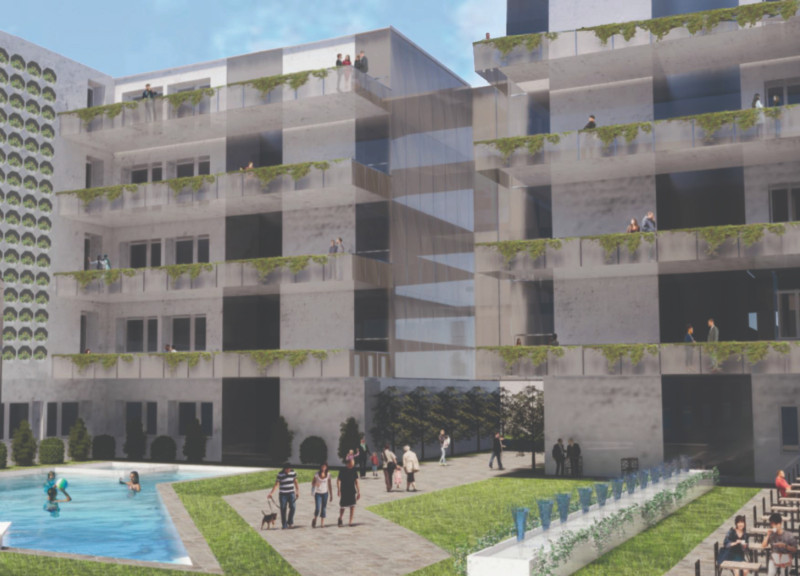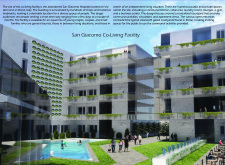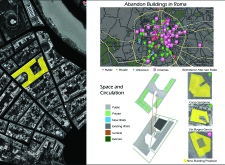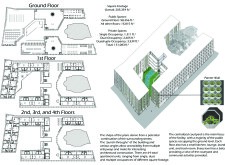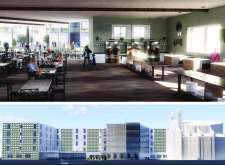5 key facts about this project
The San Giacomo Co-Living Facility is located in the historic San Giacomo Hospital on Via del Corso in Rome. It serves individuals seeking short-term housing, such as tourists and those transitioning between living arrangements. The design emphasizes communal living, bringing together private residential units with shared spaces that promote interaction among residents.
Central Courtyard
At the heart of the design is a large courtyard that functions as a communal space, inviting social activities and engagement. Multiple entrances provide easy access, encouraging movement from the busy streets outside into the peaceful courtyard. This area acts as a focal point where residents can gather, creating a blend of private living and community life.
Residential Units
The facility includes 64 residential units that accommodate a variety of living arrangements for singles, couples, and small families. Each unit is designed with practicality in mind, featuring small kitchens and lounges to support daily living. This thoughtful layout helps foster a sense of belonging among residents while ensuring their individual needs are met.
Public Amenities
The ground level is dedicated to public amenities such as a communal kitchen, a retail area, a gym, and a business center. These spaces encourage residents to interact and participate in community life. By placing these facilities on the ground floor, the design considers accessibility, making it easy for residents to use shared resources.
Architectural Language
The building features various angles and openings, creating visual interest and facilitating movement throughout the space. This architectural approach enhances the appearance of the structure while promoting a functional flow within the facility. Each residential floor also includes balconies that overlook the courtyard, connecting personal spaces with the communal area below.
The design emphasizes a balance between individual privacy and community interaction, resulting in an environment that meets the demands of modern urban living while respecting the historical context of Rome.


